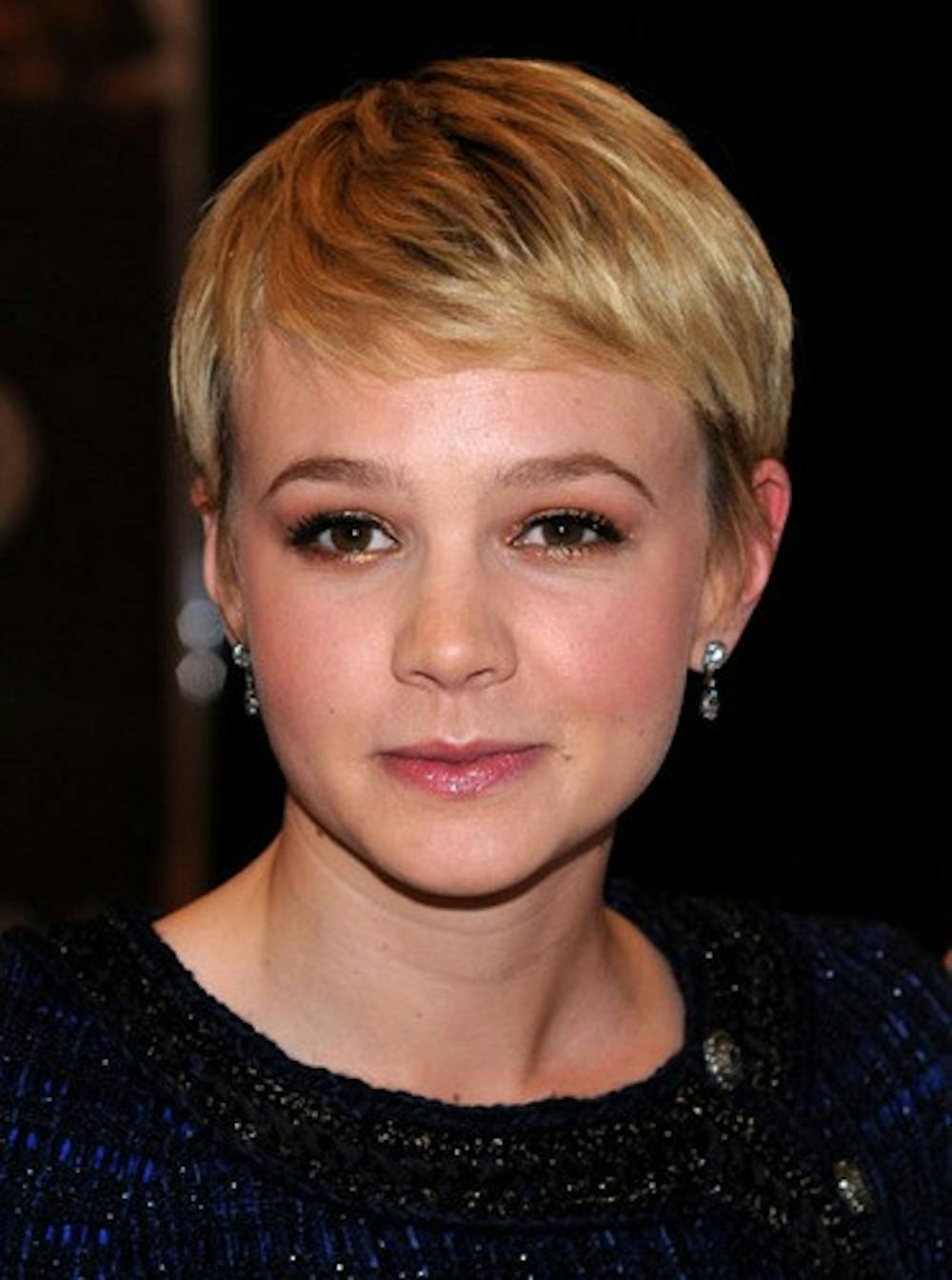By SARAH SCHREIB Arts & Entertainment Editor
The British period drama genre, usually associated with images of stuffy corsets and uptight, formal dialogue, can often leave audiences with more of a historically informative experience rather than an entertaining one.
Despite this norm, director Sarah Gavron’s film Suffragette, which portrays the early stages of the women’s suffrage movement, manages to strike a balance between telling the story of these historical figures and creating an engaging cinematic experience.
The film itself follows the women’s suffrage movement in early 20th century Britain which, after consistently being denied its demands for equal voting rights, became increasingly more militant in order to gain attention from the media and to expedite progress. The movie focuses on a few women, particularly on one lower-class laundry worker named Maud (played by Carey Mulligan), as they struggle to unify and carry out their goals.
In terms of its historical perspective, the film does provide several interesting points about the time period, including the nuances of the movement itself — the meeting places, secret badges, rituals, etc.
One of the ways in which the film departs from traditional period dramas is in the use of the camera. Apart from the wide shots of larger crowds, most of the scenes are filmed using a shaky, hand-held camera, which heightens the sense of chaotic energy from the individual women and the movement as a whole. It also gives a more contemporary feel to the movie and breaks away from the stiffness of a fixed camera.
Amongst the chaos of a divided movement and violent clashes between the women and authorities, there are moments of emotional vulnerability that ground the film in a more human light. Rather than portraying the women as heartless militants, the film shows their personal lives to create a fuller sense of their desires and the motives behind their cause.
Despite instances of dramatic explosions and brutal torture, some of the most jarring scenes involve emotional moments between Maud and her son who are separated once Maud becomes more involved in the militant side of the group.
The film also benefitted from the spot-on casting of its lead female roles. Mulligan as Maud is at once vulnerable and passionate, providing the audience with a sympathetic character through which we can access events as they unfold. As many scenes feature a close-up of her face, we are able to witness her character’s evolution from a quiet, apathetic observer of the movement to an active participant who appears worn and haggard both from strenuous militant action and from weeks spent in prison. It would be shocking if she did not receive some kind of recognition during the upcoming awards season.
Helena Bonham Carter, known for her more eccentric roles as Marla Singer in Fight Club and Bellatrix Lestrange in the Harry Potter series, greatly departs from her usual on-screen persona as she portrays Edith Ellyn, a straightforward, determined doctor who leads the movement through its more violent actions.
Despite the film’s many advertisements, which focused on Meryl Streep in the role of Emmeline Pankhurst and prompted speculation about a possible Academy Award nomination for Streep, she appears on screen for no more than five minutes.
While, being Meryl Streep, she does excel in the role and has a perfect upper-class British accent, her presence is fleeting and frankly unnecessary to the advancement of the plot.
The male roles are also well cast, with Ben Wishaw as Maud’s disapproving husband and Brendan Gleeson as Arthur Steed, an inspector who pursues the members of the movement in an attempt to get them arrested. While the men are undeniably the antagonists in this film, they are given a noticeably smaller percentage of both screen time and character development — these elements, usually designated for men in big-budget movies, are instead given to the women in the film.
Due to its highly-relevant subject matter, the film has sparked both discussion and action surrounding feminism, including a protest from the feminist group Sisters Uncut, who laid down on the red carpet of the film’s premiere in London.
Suffragette has also been at the center of controversy due to a photoshoot released by Time Out London in which the four of the lead actresses in the film are shown wearing T-shirts that read, “I’d Rather be a Rebel than a Slave.” This has caused a great deal of backlash among those who say that these T-shirts, worn by four white women promoting a film about a primarily white movement, mistakenly associate the downsides of gender inequality with the horrors endured by black slaves.
In one article published by The Huffington Post, writer Zeba Bay commented on the idea that this type of image promotes “white feminism” and that the film as a whole ignores the fact that black women were excluded from the movement. Time Out has since released a statement stating that the shirts were well-meaning and that there had been no initial complaints from their United Kingdom readers. However, the response to the photoshoot and the film as a whole has undoubtedly brought forth a crucial discussion on the nature of the modern feminism and how it relates to race. Suffragette hits theaters on Oct. 23. The Program for the Study of Women, Gender, and Sexuality presented a free screening and discussion panel for the Hopkins community at the Charles Theatre in Station North on Sept. 17.





